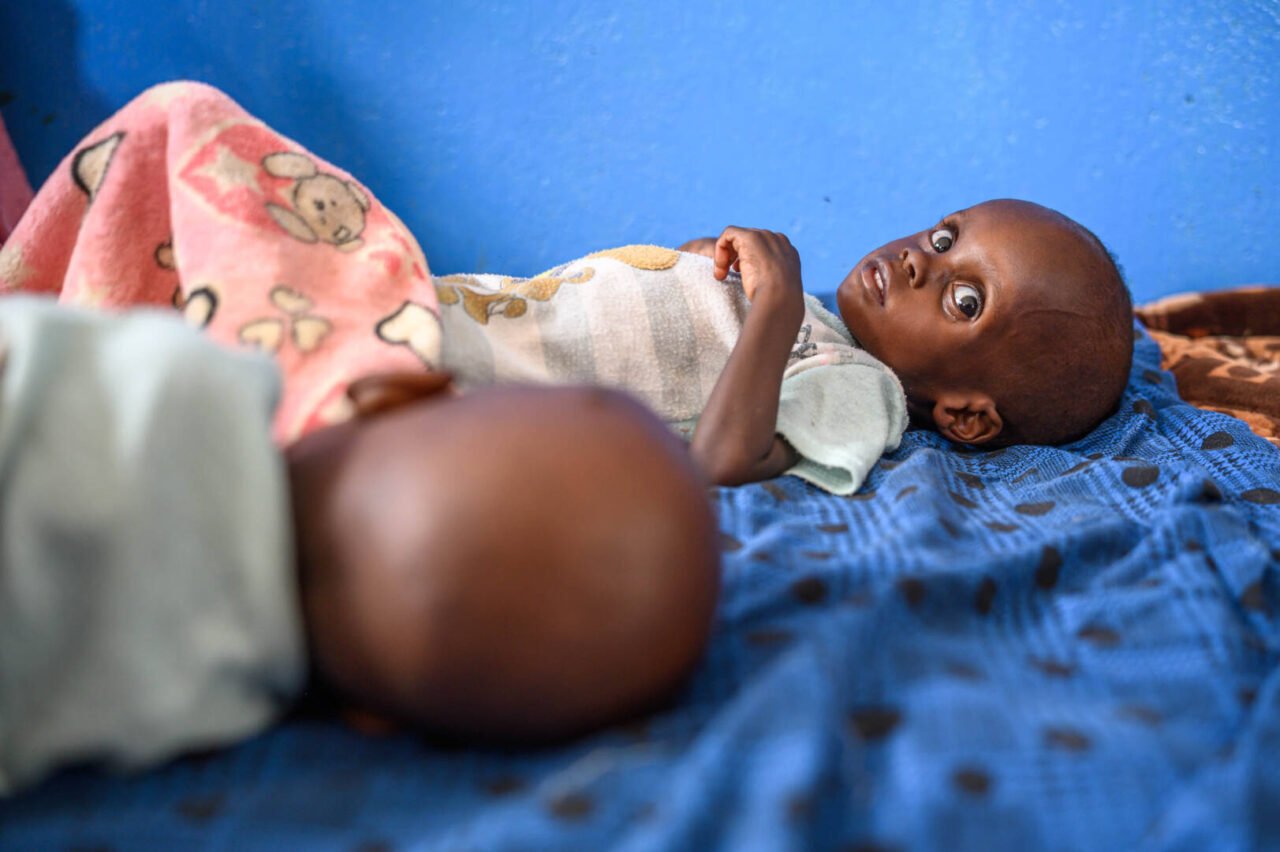Famine looming over millions in Sudan: a stark warning to the world to act now to avert hunger-related child deaths
Media Contact :
June 27, 2024
Senior Public Relations Manager
[email protected]
m 404-735-0871
Media Contact :
June 27, 2024
Senior Public Relations Manager
[email protected]
m 404-735-0871

NAIROBI (June 27, 2024) — Sudan is on the brink of famine, according to a new report from a United Nations global hunger monitor, and international humanitarian organization World Vision warns the world needs to act now to save the lives of Sudanese children.
War-torn Sudan is facing “the worst levels of acute food insecurity” ever recorded in the country, as outlined in the latest Integrated Food Security Phase Classification (IPC) snapshot. Some 25.6 million people are facing high levels of acute food insecurity (IPC 3 and above) in the impending lean season, and 8.5 million people are facing IPC 4 levels of extreme food shortages—a 74% increase from the previous IPC update. The IPC 5 (Catastrophe) level is characterized by starvation, death, destitution, and extremely critical acute malnutrition levels, with over 1,000 people per day at risk of death. According to UNICEF, over 700,000 children under 5 are at now at risk of dying.
“It is truly heartbreaking to see food scarcity and deprivation on the rise,” said John Makoni, World Vision’s national director in Sudan. “The majority of families are feeling helpless and they are desperate with nothing to feed their families.”
World Vision is gravely concerned about the detrimental long-term effects of hunger and food insecurity on the physical and cognitive development of Sudan’s children. Along with the hunger crisis, Sudan is also experiencing one of the world’s worst education crises, with over 90% of the country’s 19 million school-age children lacking access to formal education. With schools remaining closed, children’s access to not only education but also school meals is limited, worsening hunger. The multifactor crisis is also exacerbating protection concerns, especially for girls, who are at risk of being sexually exploited and abused or being forced into hazardous work or child marriage.
More children are displaced in Sudan than anywhere else in the world. Since the conflict broke out in April 2023, an additional 7 million people have been displaced within Sudan, bringing the estimated number of internally displaced people in Sudan to over 10 million. The ongoing violence has put children both in immediate danger and at long-term risk.
“When I get back home, I may not find anything to eat,” said 15-year-old Amani, who has been displaced by the ongoing violence. “This is frustrating me. I pray that the conflict ends soon so that we can live in peace and get back to school. I have dreams of becoming a doctor someday. We ask aid agencies to support us.”
The last famine declaration in East Africa was in 2017 in South Sudan, and prior to that, 2011 in Somalia. In both cases, hundreds of thousands of lives were lost and children have suffered long-term impacts from malnutrition and loss of agriculture outputs. The situation in Sudan is similarly grim.
Makoni said the biggest challenge aid agencies are facing is humanitarian access in Sudan. “We need unhindered access to reach the people most in need with lifesaving assistance. Any further delays can be catastrophic and will result in deaths. It is evident the most vulnerable children and their families are bearing the brunt of the conflict,” he said.
Sudan has also been affected by climate shocks and below-average precipitation for the third season in a row. The ongoing conflict coupled with these poor weather conditions has resulted in near-total harvest failures.
World Vision is one of the largest humanitarian agencies operating in Sudan and has reached over 1.8 million people in the past year with lifesaving aid including food assistance, WASH (water, sanitation and hygiene) and protection services, as well as multi-purpose cash assistance that provides affected people with the choice, control and flexibility to buy what they need.
World Vision is committed to addressing the worsening food insecurity crisis in Sudan so that children and their families affected by the ongoing conflict have access to nutritious food for their well-being and development. The international community and parties to the conflict must take immediate action to prevent a catastrophic malnutrition emergency.
World Vision is also calling for aid agencies’ humanitarian imperative to be fully respected and for immediate and full access to those in need.
About World Vision
World Vision is a Christian humanitarian organization dedicated to working with children, families and their communities worldwide to reach their full potential by tackling the causes of poverty and injustice. World Vision serves all people, regardless of religion, race, ethnicity or gender. For more information, please visit worldvision.org or follow on X, formerly known as Twitter, @WorldVisionUSA.